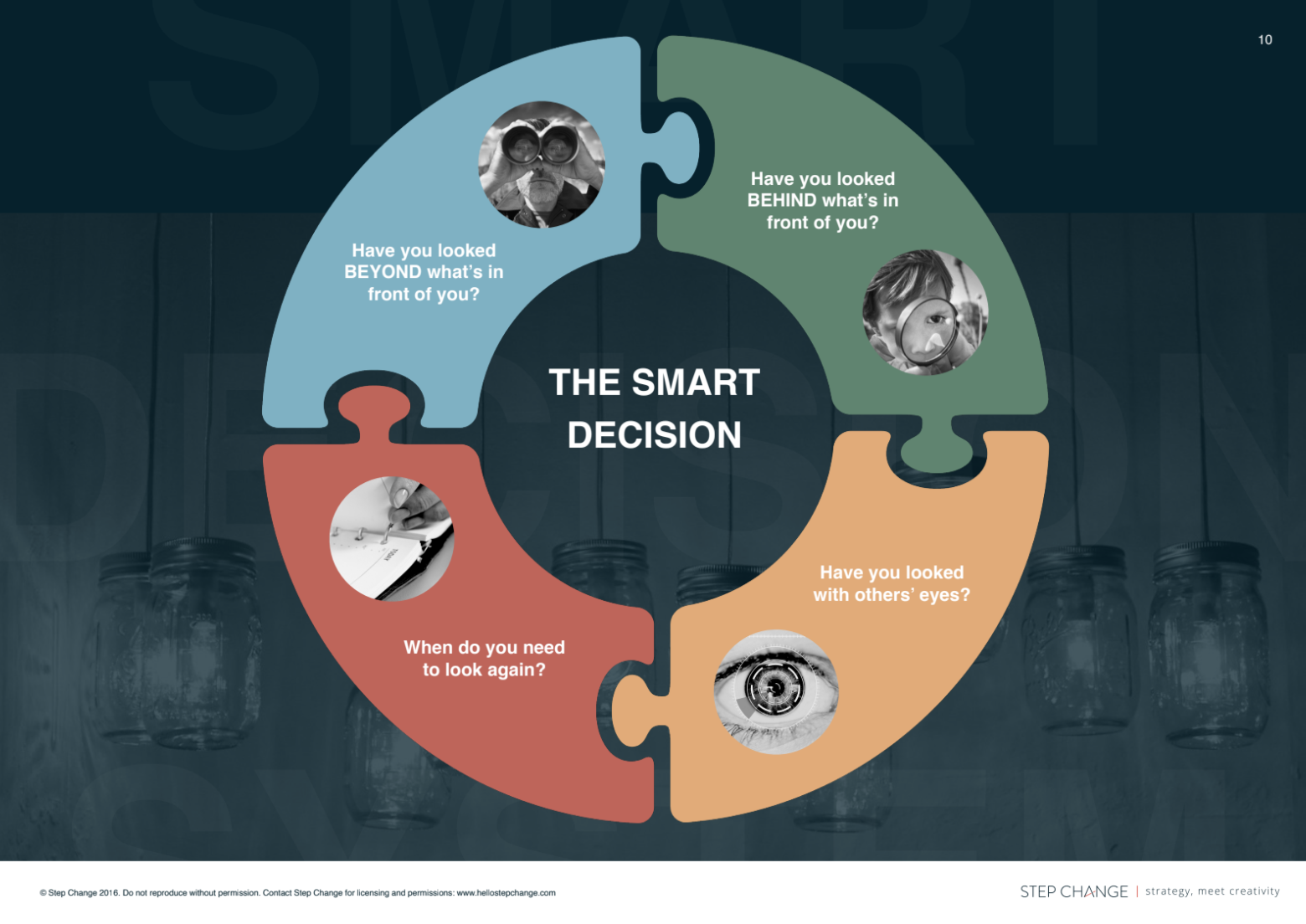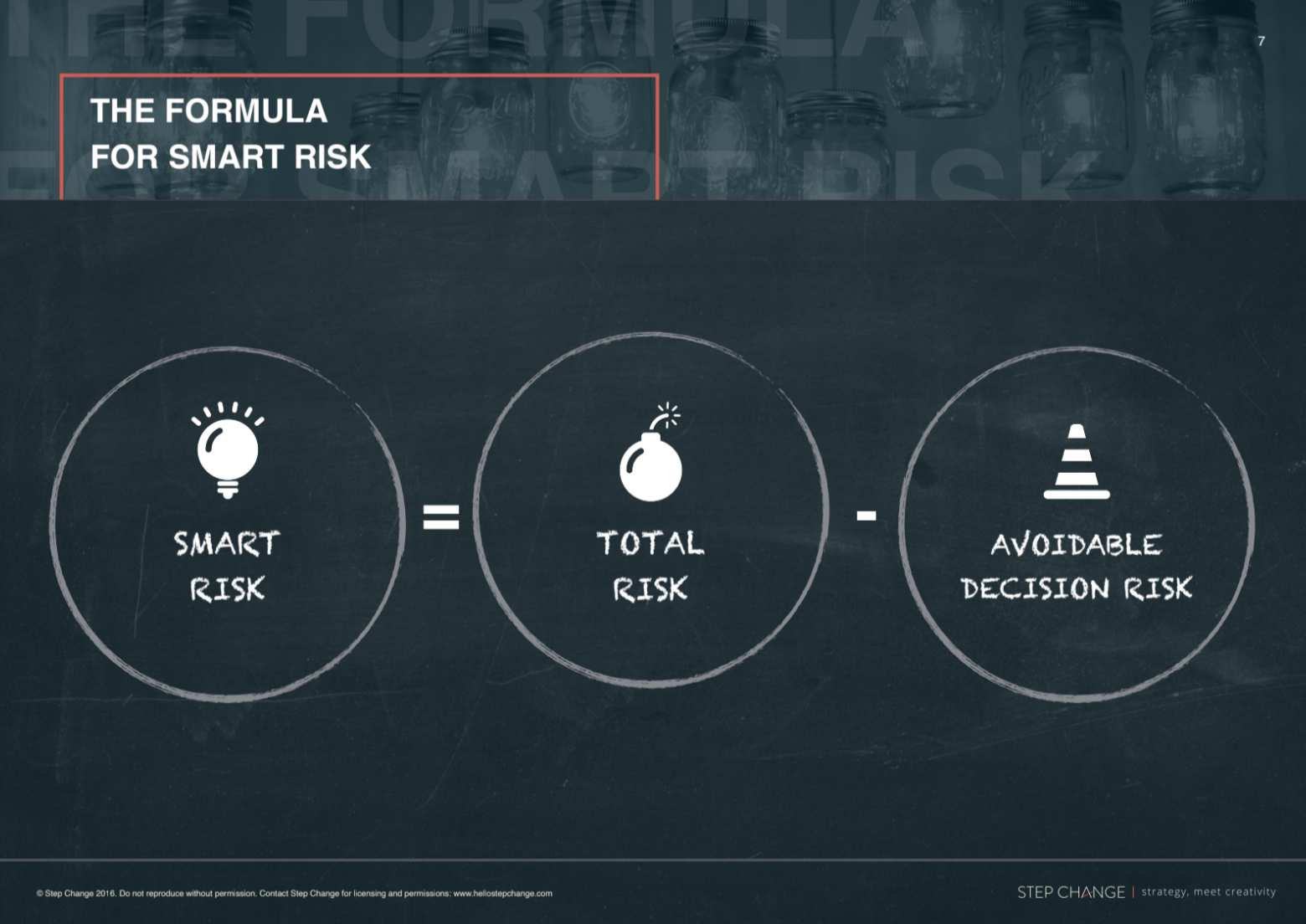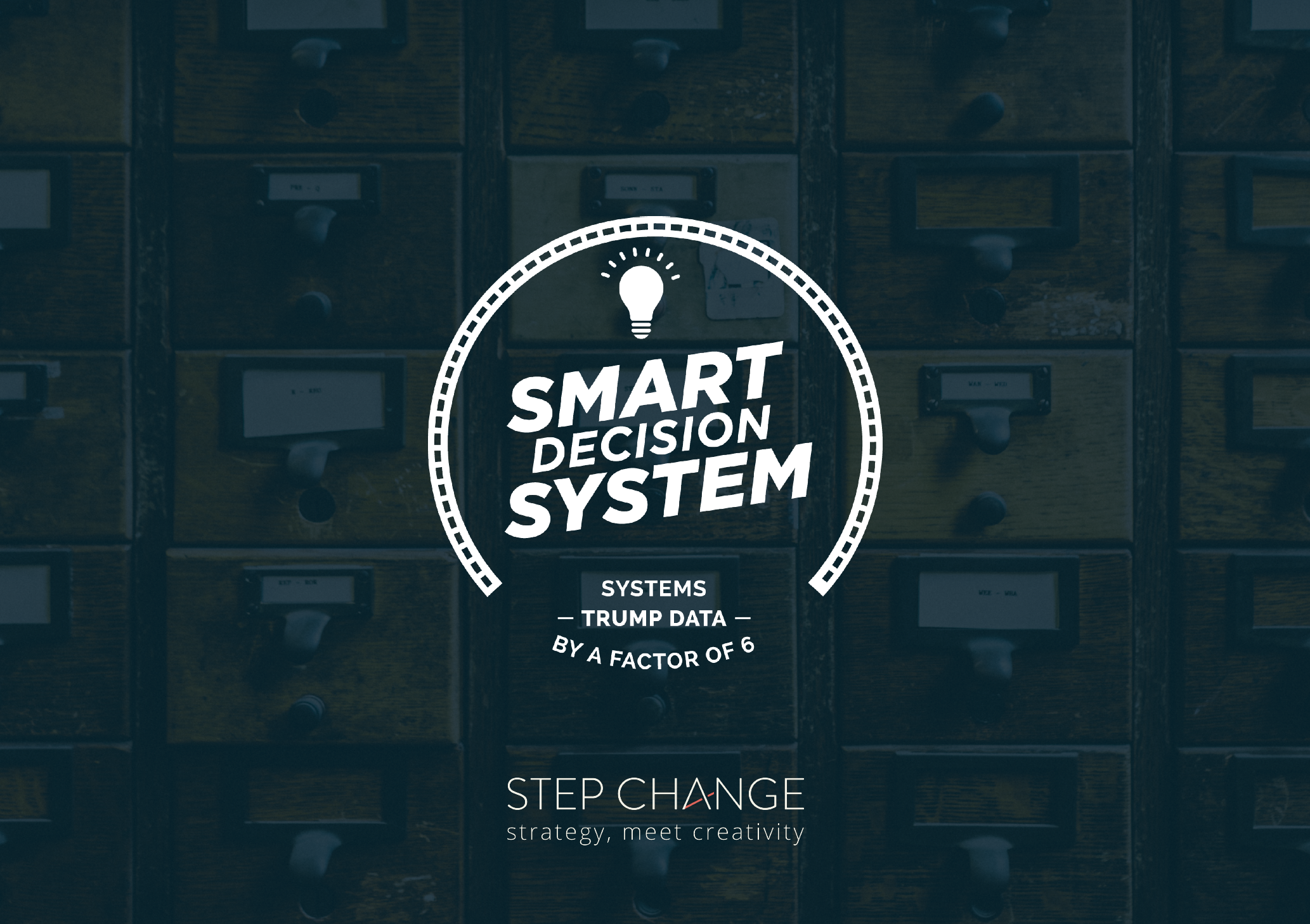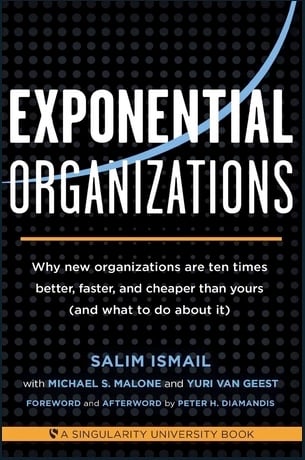So, you’ve made a bad decision.
Perhaps you’ve delegated a task to the wrong person, hired a less optimal job applicant, or moved forward with a project that wasn’t carefully planned. And as soon as you realise your error, the damage has been done.
It’s easy to wallow in despair, but as leaders, you also have the opportunity to find solutions and overcome challenges. The question is, how do you get started?
Insight: All decisions entail risks. To make smart ones, teams need a sound decision-making process in place.
Data: Poor financial and operational decisions by managers cost businesses more than 3% of their profits. (Gartner)
Key Action Point: Adopt the Smart Decision System to make the most out of your dollars, time, team, and focus, and make better-informed decisions moving forward.
The Impact of Poor Business Decisions
Some decisions can seem smart or harmless in the beginning. But be careful — the consequences of making the wrong ones are very real. Here’s how they can impact your business:
- Financial losses – Your company could experience revenue decline, increased costs, wasted resources, and missed opportunities for growth and profitability.
- Decreased competitiveness –This makes it difficult for your company to differentiate itself from competitors and attract customers.
- Reputational damage – A compromised reputation and brand image comes with a loss of customer trust, negative publicity, and difficulty in attracting new customers or retaining existing ones.
- Employee morale and productivity – With uncertainty, frustration, and demotivation among employees, expect decreased morale, lower productivity, and increased employee turnover.
- Missed market opportunities – Missing out on product developments, new markets, or emerging trends hinders growth and limits market share.
- Legal and regulatory consequences – Keep an eye out for compliance violations, lawsuits, fines, and damage to the company's legal standing and reputation.
- Stakeholder discontent – Strained relationships with stakeholders, investors, partners, and suppliers can lead to a loss of support, unstable partnerships, and decreased access to resources.
- Operational inefficiencies – When there are ineffective processes, poor resource allocation, inadequate infrastructure, and suboptimal utilisation of technology — there are increased costs and decreased productivity.
- Long-term business viability – Eroding the long-term viability and sustainability of a business makes it challenging to survive in a competitive market and adapt to changing circumstances.
All of this could lead to more problems than the ones you started with. This makes strategic planning, data analysis, risk assessment, and decision-making processes the key game changers for mitigating the negative impacts of poor decisions.
Getting Back On Track
Let’s say the damage has been done. There’s only one choice for you to make now — get back on track. So, how do you recover from a bad decision? Here are four ways to get started:
1. Detach yourself from sunk costs
It’s easy to buy into the sunk cost fallacy. When a certain endeavour fails, we tend to hold on to it because of the time, energy, and money invested in it.
That’s why it’s hard to let go of losing stocks. That’s why when individuals mistakenly order too much food, they overeat “just to get their money’s worth”.
However, that’s a reactive approach to loss. Once you realise that you’ve made a bad decision, the best action is to recognise the blow now rather than expending more resources on a lost cause and dealing with an even bigger problem later.
2. Focus on finding the remedy
Are you willing to look at things from another perspective?
Whether you’re forging an entirely new path or picking up where you left off, smart decision-making means asking four key questions:
- Have you looked beyond what’s in front of you?
- Have you looked behind what’s in front of you?
- Have you looked with others’ eyes?
- When do you need to look again?
 Image: Smart Decision System Archetypal Questions
Image: Smart Decision System Archetypal Questions
When you’re willing to look at things from different perspectives, you open up possibilities and opportunities for your business to leverage. This is how you unlock new solutions and prevent old, recurring problems.
3. Learn the lesson
After acknowledging the fact that you made a bad decision, take time to extract the lesson from the experience.
Where did you go wrong? Was there a blind spot? Did you trust the wrong people? Were you too confident that it would go according to plan? Did you disregard the red flags? Did you let the opportunity slip up?
Identify what your decision-making biases are, and decide to overcome them. Once you do, you’ll be conscious not to allow these biases to blind you and you’ll be making smarter decisions next time.
4. Have a decision-making system in place
In the words of decision-making expert Olivier Sibony, "Process trumps analysis by a factor of 6."
To support your team and gain more accountability for the outcome (whichever way it turns out) — you’ll need to adopt the Smart Decision System. In a nutshell, the system aims to identify the smart risks worth taking before investing in a choice.
| Smart risks are defined as what’s left of the total risk (all possible risks that come with any decision) when you remove the avoidable decision risk (factors you can control) from the picture. This is known as the Smart Risk Formula. |
If you remember the key questions to ask when finding the remedy, you’ll notice that having open conversations around the following questions can help you define which risks are worth taking.
- Have you looked beyond what’s in front of you?
- Have you looked behind what’s in front of you?
- Have you looked with others’ eyes?
- When do you need to look again?
This is known as the Smart Risk Formula.
Tying It Together
We get it. The consequences of poor business decisions can be tough. But believe it or not, it’s not the end of the world.
The important part is you’re doing your best to ensure they don’t happen again.
Whether you’re making decisions for your business or are at a personal crossroads, the principles for smart decision-making remain constant. When humans fail, it’s a reliable system that creates a safety net around decision-making and will set your business up for success.
Are poor decisions hurting your business? Learn how to adopt the Smart Decision System alongside your team and drive better results today.

















